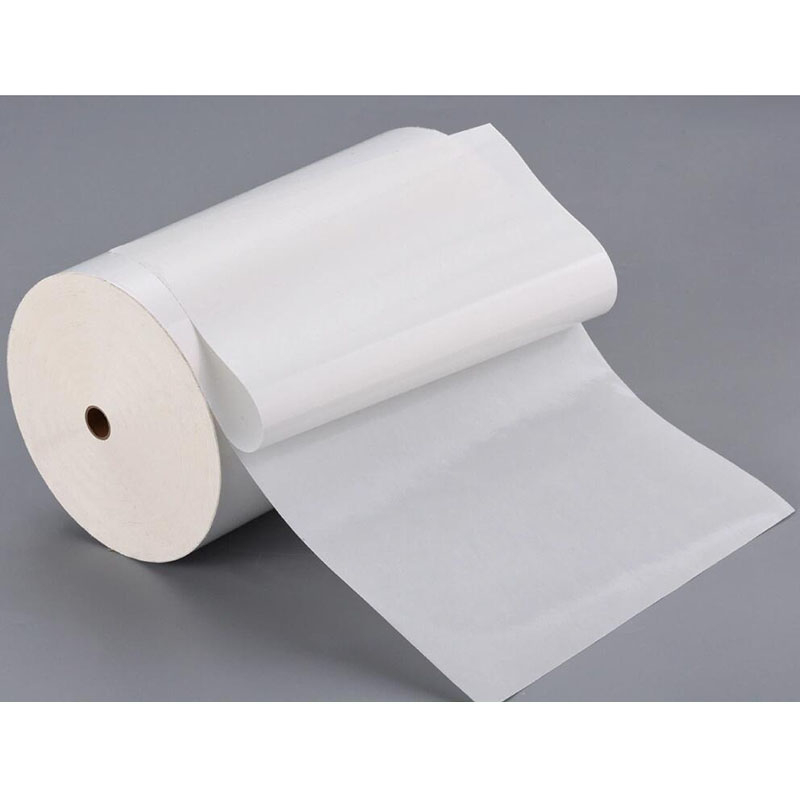
- English
- Español
- Português
- русский
- Français
- 日本語
- Deutsch
- tiếng Việt
- Italiano
- Nederlands
- ภาษาไทย
- Polski
- 한국어
- Svenska
- magyar
- Malay
- বাংলা ভাষার
- Dansk
- Suomi
- हिन्दी
- Pilipino
- Türkçe
- Gaeilge
- العربية
- Indonesia
- Norsk
- تمل
- český
- ελληνικά
- український
- Javanese
- فارسی
- தமிழ்
- తెలుగు
- नेपाली
- Burmese
- български
- ລາວ
- Latine
- Қазақша
- Euskal
- Azərbaycan
- Slovenský jazyk
- Македонски
- Lietuvos
- Eesti Keel
- Română
- Slovenski
- मराठी
- Srpski језик
Polypropylene Film : Innovations and Advances in Packaging
2024-01-16
In recent years, polypropylene films have become a versatile and cost-effective material for a variety of packaging applications. Its high transparency, excellent moisture resistance and puncture and tear resistance make it ideal for packaging a wide range of products, from snacks and confectionery to pharmaceuticals and personal care products. Recent developments in polypropylene film technology have further expanded its availability and performance, making it a popular choice among manufacturers and consumers.

One of the most important advances in polypropylene film has been the development of high-performance grades that increase seal strength and durability. These reinforced films are designed to withstand the rigors of shipping and handling, ensuring products remain fresh and intact throughout the supply chain. This is especially important for perishable goods and delicate items that require reliable protection during storage and transportation.
Additionally, the introduction of barrier coatings and laminates has expanded the functionality of polypropylene films, allowing them to effectively preserve the freshness and flavor of food products while also providing a protective barrier against external contaminants. This is a game-changer for the food industry as it enables manufacturers to extend the shelf life of their products without compromising quality or safety.
In addition to its performance characteristics, polypropylene films have also made significant advances in sustainability and recyclability. As consumer awareness and demand for environmentally friendly packaging solutions continues to grow, manufacturers have developed polypropylene films that are fully recyclable and can be incorporated into existing recycling streams. This not only reduces the environmental footprint of the packaging material, but is also consistent with circular economy principles that prioritize resource efficiency and waste reduction.
Polypropylene films are also used in flexible packaging to make pouches, sachets and other forms of convenient packaging. Its lightweight and flexible nature makes it ideal for on-the-go consumption, providing consumers with a convenient, portable way to access their favorite products. In addition, advances in printing and surface treatment technology have expanded the design possibilities of polypropylene films, allowing for the effective display of vivid graphics, branding and product information on packaging.
As the demand for high-quality and sustainable packaging solutions continues to grow, innovation in polypropylene films will play a key role in meeting these changing needs. Consumer preferences for convenience, freshness and environmental responsibility are driving the industry to explore new possibilities and develop packaging solutions that meet and exceed these expectations. From improved seal strength to advanced barrier properties, polypropylene film has proven to be a versatile and adaptable material ideally suited to the needs of modern packaging.
Looking ahead, the future of polypropylene films is likely to depend on continued research and development efforts aimed at further improving their performance, sustainability and functionality. This includes exploring new additives, coatings and processing technologies to unlock the greater potential of polypropylene films in a variety of applications. Additionally, the integration of smart packaging technologies and interactive features may further enhance the role of polypropylene films in delivering enhanced consumer experiences and product functionality.
Overall, advances in polypropylene films have made it a leading contender in the packaging industry, offering a compelling combination of performance, sustainability and versatility. As manufacturers and brand owners continue to prioritize the development of innovative and sustainable packaging solutions, polypropylene films are expected to remain at the forefront of these efforts, driving positive change and delivering meaningful benefits to businesses and consumers. . The continued evolution of polypropylene films demonstrates the industry’s commitment to progress and excellence and will continue to shape the future of packaging for years to come.



